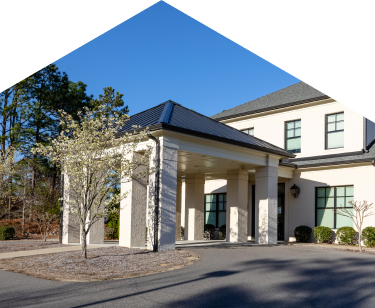Frequently Asked Questions
Are dental implants safe?
Yes, dental implants are safe. In fact, dental implants are great for improving your oral health and protecting the beauty of your smile. The dental implant procedure has a very high success rate and few complications.
Dental implants are also the only tooth replacement solution that keeps your jawbone strong. When you lose a tooth, your jawbone will begin to weaken and threaten your other teeth as well as change your appearance. A dental implant can keep your smile healthy and strong.
How long do dental bridges last?
Typically a dental bridge will last between five to 15 years, or longer. Following a regular oral hygiene routine and scheduling biannual checkups with your dentist can increase the longevity of your restoration. During your checkups, your dentist will examine your dental bridge and tighten the hardware if necessary. To increase the lifespan of your dental bridge it’s best to:
- Avoid hard or chewy foods that place stress on the restoration
- Use a fluoride rinse and toothpaste
- Refrain from consuming starchy or sugary foods that cause decay
- Remember to floss between your teeth and gums
How long do dental Crowns last?
A dental crown will typically last about 15 years. However, there are a few ways you can increase the longevity of your crown to last between 25 to 30 years or longer. Here are some tips to help you enjoy the lasting benefits of your crown:
- Avoid biting into hard objects and candy
- Refrain from clenching your teeth
- Treat bruxism (teeth grinding)
- Follow a regular dental hygiene routine of brushing your teeth twice a day, flossing every day, and rinsing between meals
How much do porcelain veneers cost and does dental insurance cover them?
The cost of veneers depends on how many you’re receiving and your individual case. At your initial consultation, we’ll be able to give you a more accurate cost after reviewing your oral health and treatment plan.
Most insurance companies will cover a portion of the treatment cost, but not all. We suggest contacting your provider to get a better understanding of your coverage prior to your appointment. Our team works closely with many insurance providers to make sure you get the coverage you need along with the maximum benefits possible.

